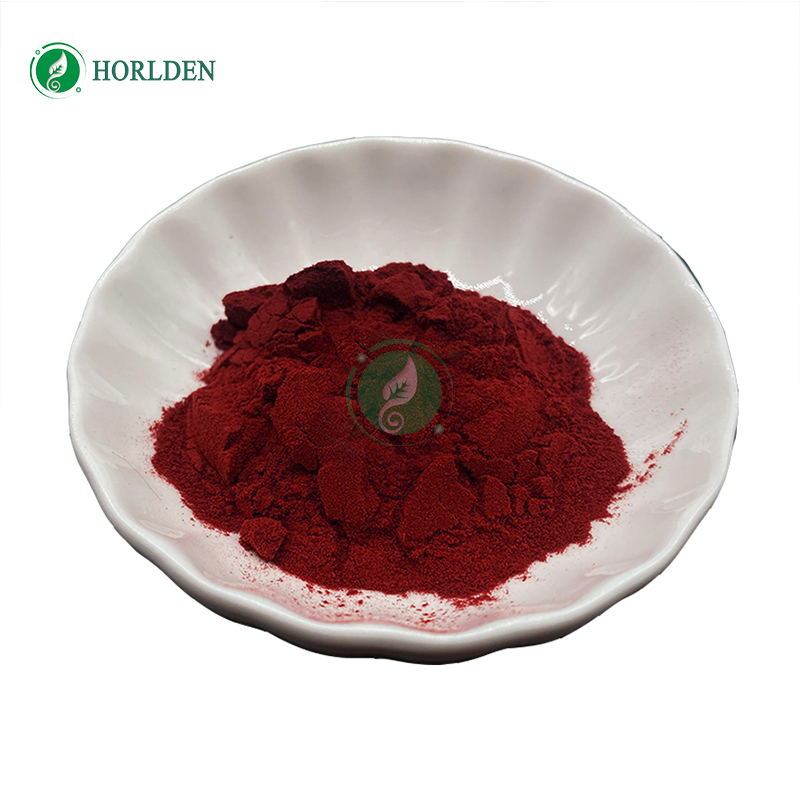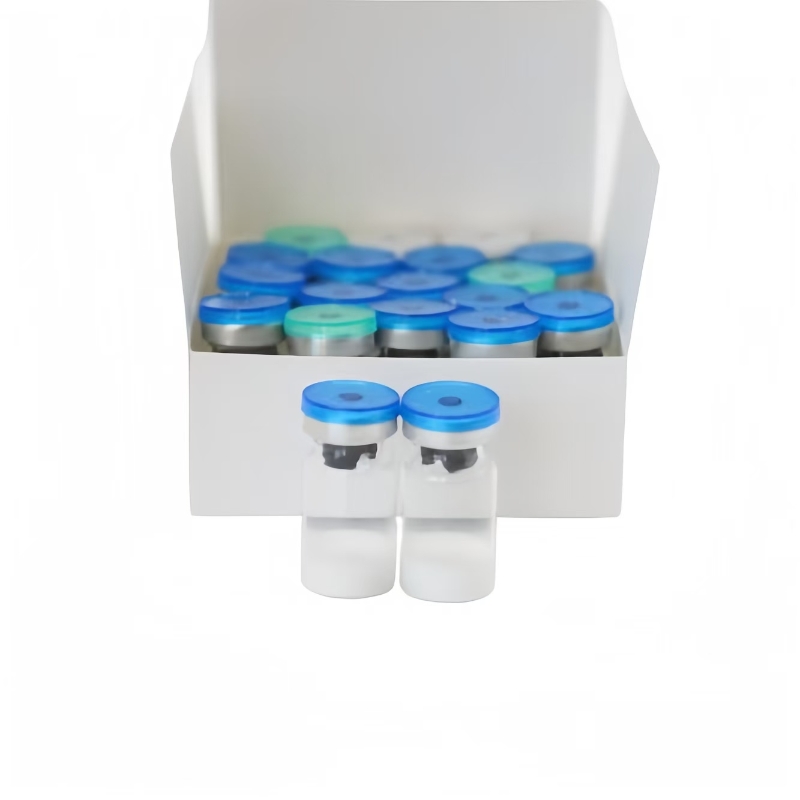-
Categories
-
Pharmaceutical Intermediates
-
Active Pharmaceutical Ingredients
-
Food Additives
- Industrial Coatings
- Agrochemicals
- Dyes and Pigments
- Surfactant
- Flavors and Fragrances
- Chemical Reagents
- Catalyst and Auxiliary
- Natural Products
- Inorganic Chemistry
-
Organic Chemistry
-
Biochemical Engineering
- Analytical Chemistry
-
Cosmetic Ingredient
- Water Treatment Chemical
-
Pharmaceutical Intermediates
Promotion
ECHEMI Mall
Wholesale
Weekly Price
Exhibition
News
-
Trade Service
Biopharmaceutics is one of the fastest growing sub industries in the pharmaceutical industry in recent years The global market size is expected to rise from US $2020 billion in 2016 to US $326 billion in 2022, with an annual compound growth rate of 3% China's market size increased from 62.7 billion yuan in 2012 to 152.7 billion yuan in 2016, with a compound annual growth rate of 24.9% Frost & Sullivan expects that China's biopharmaceuticals will maintain an annual compound growth rate of 16.4% from 2016 to 2021, and reach a market scale of 326.9 billion yuan by 2021 In 2022, 30% of biopharmaceuticals were sold in the world It can be seen from the list of global drug sales in the past few years that the proportion of biopharmaceuticals in the top 10 drugs sold increased year by year In 2017, seven of them are biomacromolecule drugs, fully demonstrating the market recognition of biomaterials For the future market, e valuate Pharma predicts that biopharmaceuticals will continue to maintain a strong market position, and the market share of biopharmaceuticals is expected to rise from 25% (US $2020 billion) in 2016 to 30% (US $326 billion) in 2022 The world's leading pharmaceutical R & D companies are paying more and more attention to biomacromolecule drugs There are more than 900 varieties of biomacromolecule drugs in the world's 18 largest pharmaceutical companies With the investment of R & D resources and funds, the continuous progress of technology and the continuous improvement of disease awareness, pharmaceutical companies can continuously develop innovative biopharmaceuticals with excellent efficacy and safety
The rapid growth of biological drugs is mainly driven by three factors: the rapid expansion of indications, and the indications of biological drugs represented by antibody drugs are rapidly expanding to osteoporosis, multiple sclerosis, asthma, anti infection, cardiovascular and many other fields; the progress of new drugs on the market is accelerated, and in 2017, FDA approved a total of 10 new antibody drugs, a new record; the patents of heavyweight biological drugs are gradually expanding Overdue, it is estimated that biological drugs with annual sales of US $70-80 billion will lose patent protection in the next five years, which brings significant opportunities for the development of similar biological drugs In the past few years, driven by the increase of health care expenditure, the enhancement of R & D capacity, the positive change of government policies and the increase of capital investment, China's biopharmaceutical market is in a rapid development stage, with the growth rate exceeding the global market, and it is expected to continue to grow strongly in the future According to Frost & Sullivan, the market size of China's biopharmaceuticals increased from 62.7 billion yuan in 2012 to 152.7 billion yuan in 2016, with a compound annual growth rate of 24.9% It is expected to grow at a compound annual growth rate of 16.4% from 2016 to 2021, reaching a market scale of 326.9 billion yuan in 2021, bringing huge opportunities for Chinese bio pharmaceutical participants At the same time, as a new subdivision of biological drugs, antibody drugs will usher in rapid development According to Frost & Sullivan report, the market size of monoclonal antibody in China increased from 3.5 billion yuan in 2012 to 9.1 billion yuan in 2016, with a compound annual growth rate of 26.8% It is estimated that the market will continue to grow at a compound annual growth rate of 25.0% from 2016 to 2021, reaching a market scale of RMB 27.6 billion in 2021 In 2017, 14 of the 44 drugs listed in China's national health insurance negotiation catalogue were biological drugs, accounting for about 32%, of which 8 were antibody drugs, accounting for 57% of the selected biological drugs It can be seen that Biopharmaceutics have attracted national and social attention and have been recognized More and more people in China will be able to use biopharmaceutics Southwest Securities believes that the entry of biological drugs (especially McAbs) into the national health insurance catalogue will further promote the rapid growth of China's biological drug market 2 China has the largest number of biological analogues under research in the European Union, the United States, China and who have respectively given definitions of biological analogues Although the descriptions are not identical, the core idea is the same, that is, biological analogues need to be as similar as the original research as possible, and the differences will not affect their safety and effectiveness The market of biological analogues is a highly decentralized market in terms of region and a highly centralized market in terms of category On the whole, the prospect of biological analogues is bright According to the data of express s s cripts, the largest prescription drug revenue management agency in the United States, the average price of bio similar drugs in all countries is 1 / 3 cheaper than that of bio original drugs According to IMS forecast, by 2020, if the price is reduced by 30%, only eight heavy-duty bio similar drugs will save 74 billion euros in the United States and five European countries Bio similar drugs will usher in the spring of explosive growth, giving birth to a new industry producing cheap bio drugs, bringing more investment opportunities More and more biological analogues aim at macromolecular drugs related to autoimmune diseases and tumors, especially antibody drugs According to the statistics of pharma projects, 80% of the indications of biological analogues in the world are autoimmune diseases and tumor related diseases According to Thomson Reuters data, the main distribution area of biological similar drugs in research is not in Europe and the United States, where the original drugs are developed The first place is mainland China, the second is India, and the third is the United States On the one hand, it reflects the huge market demand in China, on the other hand, it also reflects the fierce competition of biological similar drugs in China Whether from the perspective of China or from the perspective of the world, the proportion of monoclonal antibody drugs in the proportion of biological similar drugs under research is the highest, which is enough to see the current popularity of antibody drugs In China, the number of monoclonal antibody analogues under research accounts for 40.7% of the total number of analogues under research in China Globally, the number of monoclonal antibody analogues accounts for 36.5% of the total number of analogues under research Up to now, China has not yet listed bio similar drugs in a strict sense, but we see that as the world's largest bio similar drug research country, many domestic pharmaceutical companies are in the layout of bio similar drugs According to Thomson Reuters, in 2016, kangningjierui in Suzhou has been developing as many as 28 biological similar drugs At present, China has a certain industrial foundation in the field of research and development of biological similar drugs Local enterprises, such as Sansheng pharmaceutical, Beida, Huahai, Haizheng, Hengrui, Lizhu, Renfu, Hualan and so on, which have the ability to develop biopharmaceuticals, have invested heavily in the development of drugs in this field As a big drug demand country, compared with countries such as Europe, America and Japan, the consumption of biological drugs and biological similar drugs in China is still relatively small Other countries (including China) outside Europe, the United States and Japan account for less than 7% and 4% of the world's sales of biological drugs and similar biological drugs, far lower than developed countries On the one hand, biopharmaceutics are expensive In China, each patient spends 200000 yuan on tumor Biopharmaceutics every year On the other hand, the domestic demand for tumor and immune disease related biological drugs mainly depends on imports, with high cost, some biological drugs are not covered by medical insurance On the whole, the penetration rate of Biopharmaceutics in China is relatively low, but it also indicates a large market space in the future For pharmaceutical companies, the Chinese market has the advantage of large population Reducing the drug price will increase the total sales along with the substantial increase of sales volume With the increase of aging population in China, the incidence rate of cancer, diabetes and cardiovascular diseases in elderly people is higher, and the demand for medication will also increase China is the country with the largest number of biological similar drugs under research in the world A batch of biological similar drugs have entered clinical phase III and are expected to be approved for marketing in 2018 There are more than 90 bevacizumab, trastuzumab, rituximab, adamumumab, infliximab and enalapril biological analogues (including standard biological analogues and non-standard biological analogues) under research in China Among them, there are more than 20 enterprises in the research of adamumumab, and more than 10 enterprises in the research of bevacizumab, trastuzumab and rituximab Even if 50% of similar drugs are successfully marketed, there will be serious adverse competition Because of the high risk characteristics of Biopharmaceutics, only some of the products of enterprises can come to the end Southwest Securities believes that at present, there are many kinds of biological drugs in China, and the products of domestic enterprises have successively entered clinical phase III It is expected that they will be listed in 2-3 years, and the earlier they are listed, the faster they can seize the market Similar to the situation in the global market, the smaller the quantity, the better the maintenance of the price system and the more market share it can occupy In addition, the incidence rate, permeability and price system are related to the treatment field of the product, the greater the market space, the higher the rate of return on investment 3 Hengrui leads more than 10 domestic enterprises in the research of PD-1 / PD-L1 me too antibody drugs, including Hengrui medicine, Xinda biology, Baiji Shenzhou and Junshi biology, and both her shr-1210 and Xinda ibi308 are in clinical phase III, and bgb-a317 and js001 of Baiji Shenzhou and Junshi biology are in clinical phase II At present, there is no clinical CTLA-4 antibody in China Generally speaking, the competition of immunoassay sites is not fierce, and we are optimistic about Hengrui medicine, Xinda biology, Baiji Shenzhou and Junshi biology PD-1 antibody is the fastest growing and most popular biological drug related to immunoassay Foreign PD-1 antibody drugs opdivo and keytruda have been on the market as early as 2014, and the indications are expanding At present, only PD-1 has entered clinical stage III, while CTLA-4 and PD-L1 are mostly in preclinical stage and stage I PD-1 antibody drugs that have entered phase III clinical practice in China are expected to go on the market before 2019, and the drugs that have entered phase II are expected to be approved in 2020 The total sales volume of PD-1 antibody drugs is expected to reach 13 billion yuan by 2025 From the perspective of enterprises, Hengrui pharmaceutical has benefited from 4 indications entering clinical phase III and 6 indications entering clinical phase II, and has one of the strongest anti-tumor drug sales teams in China, thus becoming the leader of PD-1 sales in China One indication of Cinda biology has entered clinical phase III, and two indications have entered clinical phase II In addition, the progress of Baiji Shenzhou and Junshi biology is close According to PD-1 listing time and sales volume of each company, the NPV relative value is predicted Hengrui medicine has an absolute advantage, and Xinda biology, Baiji Shenzhou and Junshi biology also have good expectations For other companies, they will face the disadvantages of late listing, less combination drugs, weak sales ability and so on.







